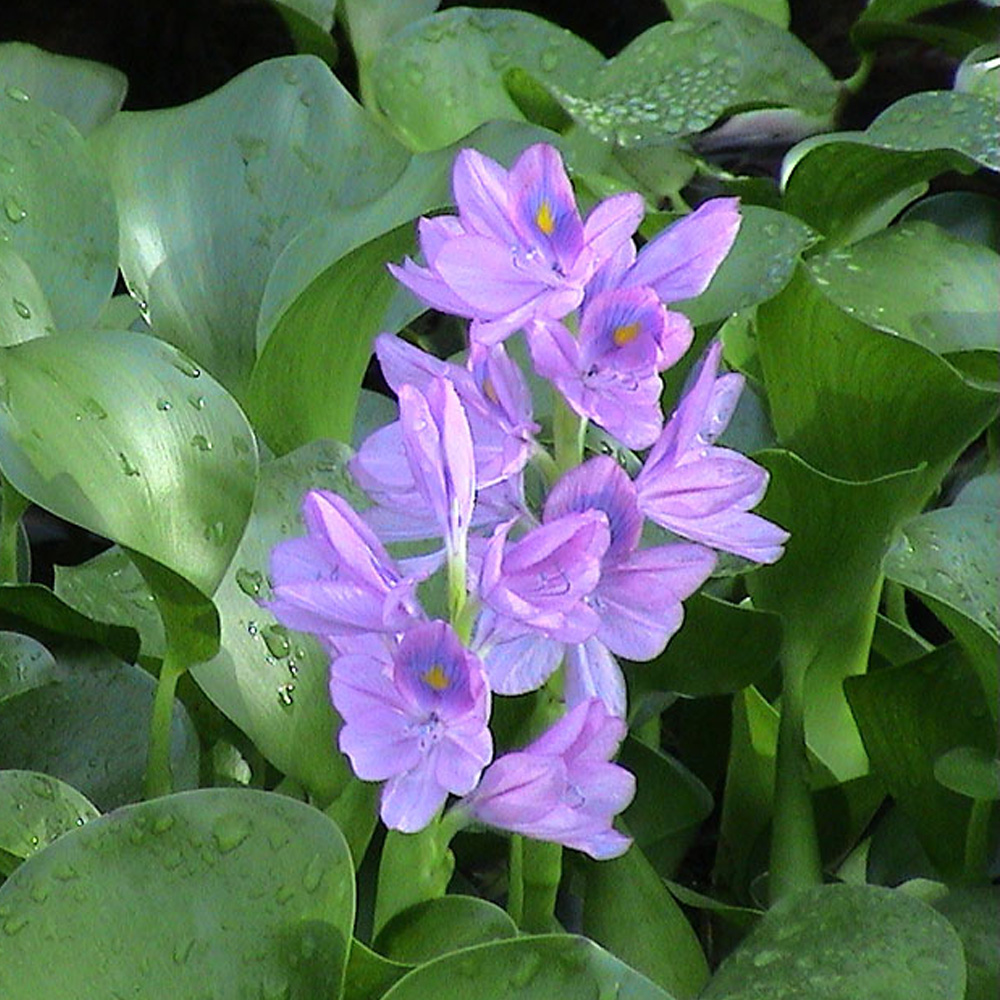
Water Hyacinth (Eichhornia crassipes) Tooth Mountain Nursery
Water hyacinth is a free-floating, perennial hydrophyte native to South America. This aquatic plant belongs to the flowering plant family Pontederiaceae and genus Eichhornia — of which all member species are called water hyacinths.
I just introduced this water hyacinth into the pond last week and it's already showing that it's
Home Plant Care Learn How To Plant, Grow and Care for Hyacinth Learn How To Plant, Grow and Care for Hyacinth Dutch Hyacinth, Common Hyacinth, Hyacinthus orientalis, Spring Bulbs, Spring Flowers

A Wandering Botanist Plant StoryThe Beautiful Horrible Water Hyacinth
Fact sheet Top Article Origin Growth Leaves Flowers Fruit Location Planting Care Dividing Utilization Propagation Diseases and Pests iStock/Winai_Tepsuttinun Factsheet Growth type Perennial plant Water plant Growth height (from) from 10 cm to 20 cm Growth width (from) from 20 cm to 30 cm Growth characteristics rosette-forming Show more Origin
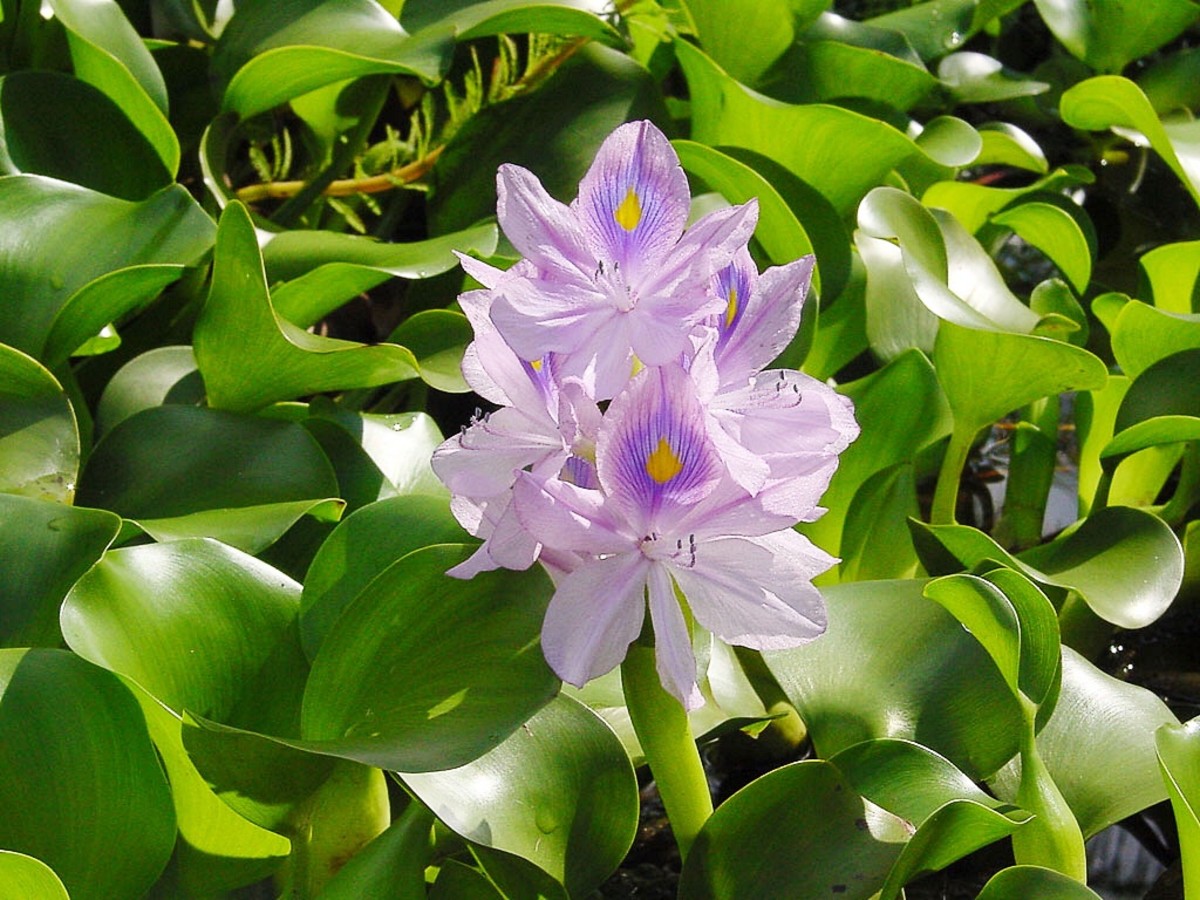
The Beautiful Water Hyacinth An Invasive Plant and a Biofuel Owlcation
Container Soil Potting Moving Outdoors Growing Without Soil Frequently Asked Questions The perennial hyacinths that produce such vividly bright and intensely fragrant flowers in outdoor spring gardens are also well-suited for growing indoors.
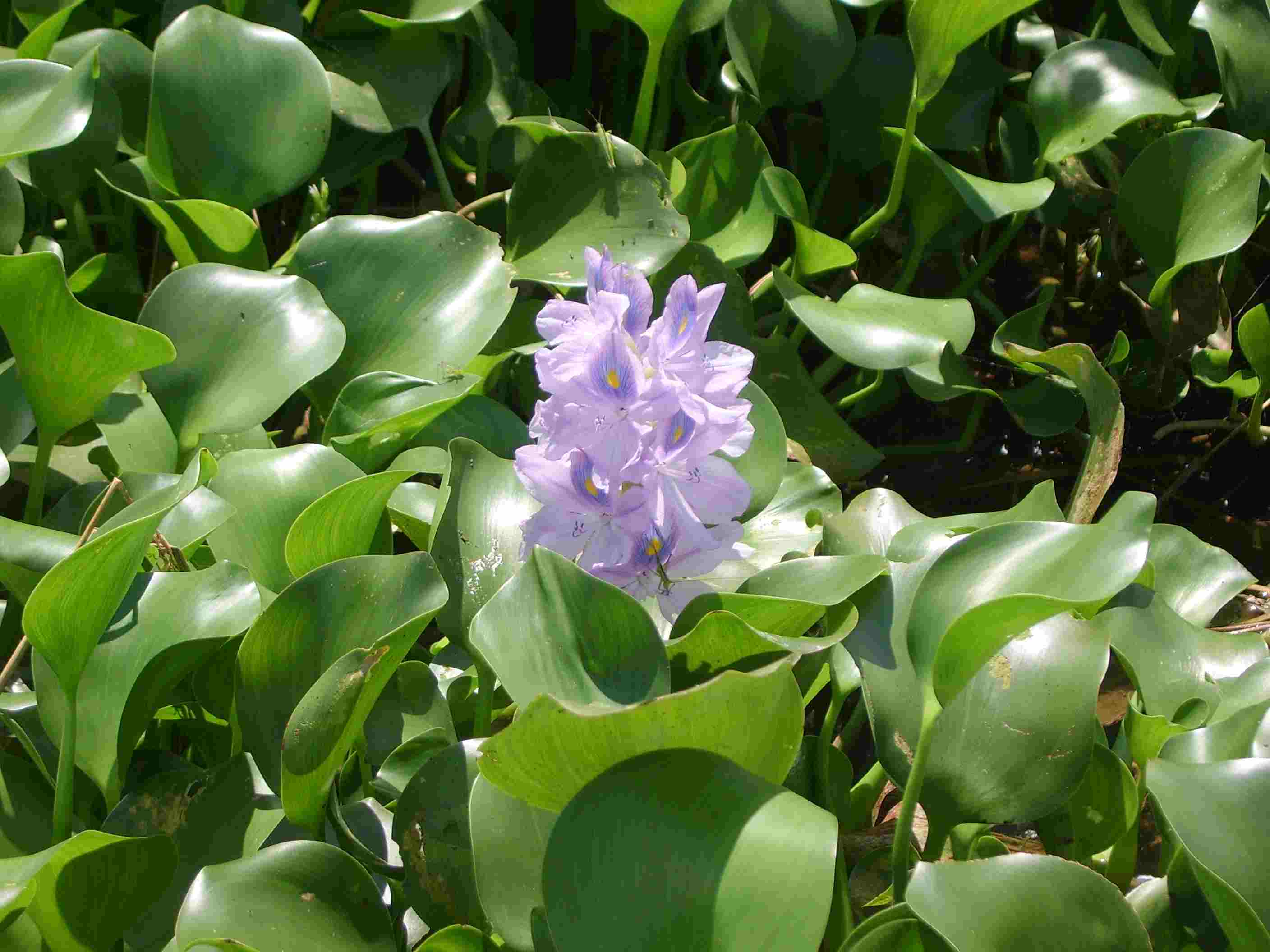
Water hyacinth
Plant hyacinth bulbs in a shallow container with drain holes and filled with quality potting soil. The top of the bulb should be even with the top of the container. Water well. Chill the planted bulbs in a refrigerator, unheated garage, or cellar at 35°F to 45°F for eight to 12 weeks.
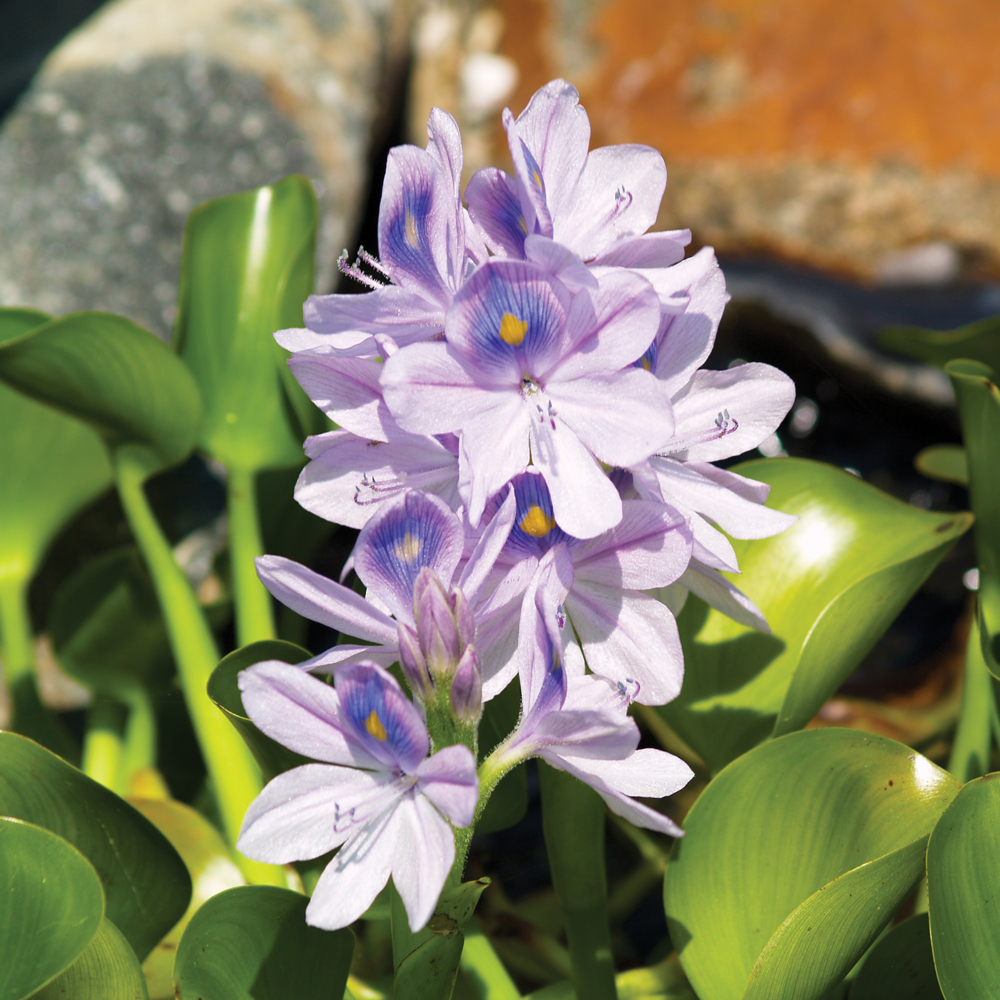
Water Hyacinth Most Popular Pond Plant
Water thoroughly after planting. Once leaves emerge in spring, sprinkle their bases with a slow-release bulb formula fertilizer with a formula of approximately 5-10-5. Remove blooms once they begin to brown, but allow the leaves to die back on their own. Plant hyacinths in high traffic areas to enjoy their sweet perfume.
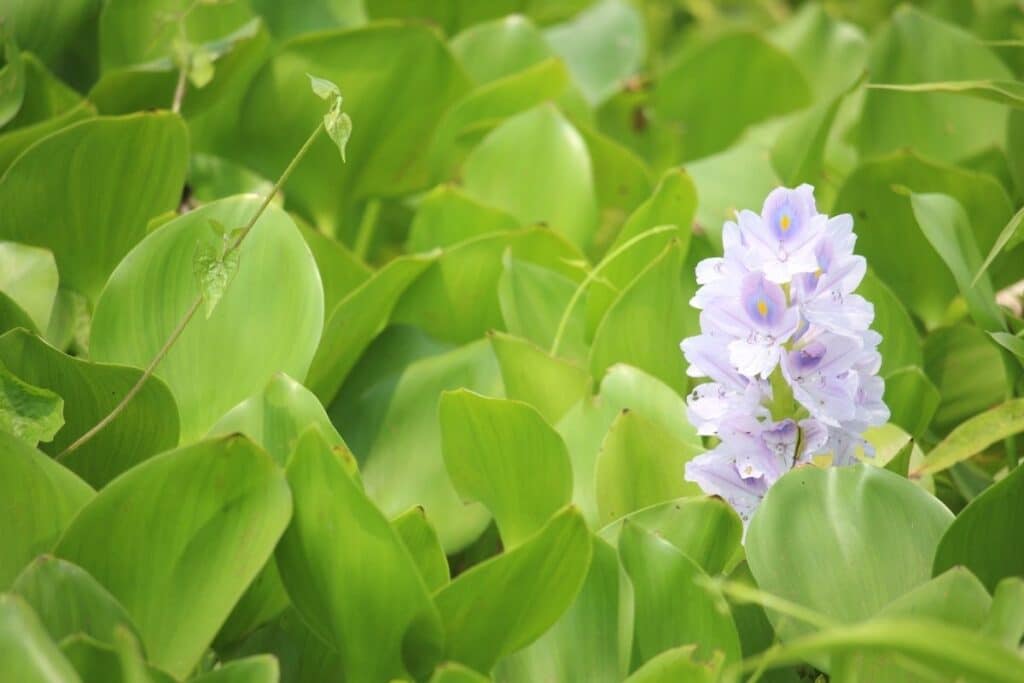
Common Water Hyacinth (Eichhornia crassipes) Grow and Care Tips
Growing in Pots Overwintering Common Pests & Diseases Bloom Common Issues FAQ One of the most powerful garden scents of spring comes from hyacinth flowers ( Hyacinthus orientalis) in bloom. Even at a distance, you'll notice these flowers' intense fragrance and the spikes of bright tubular flowers emerging from strap-shaped leaves.

FileWater hyacinth.jpg Wikimedia Commons
Propagation Temperature, Hardiness, and pH Lighting CO2 and Fertilization Compatible Tankmates Plant Eater Fish The Benefits and Problems of Water Hyacinth Care and Maintenance of Water Hyacinth Purchasing and Quarantine Process FAQ Quick Notes About Water Hyacinth Scientific Name: Eichhornia crassipes, also known as Water Hyacinth
PazzaPazza WATER HYACINTH THE STUNNINGLY BEAUTIFUL HEAVENLY DEVIL FLOWER
Place the hyacinth bulb gently, making sure it fits snugly in the bowl-shaped area at the top. The important thing is that the water level should be about 14 inch (0.5 cm) below the base of the bulb. This makes sure that the bulb doesn't touch the water directly, which could cause it to rot. Put glass rocks or pebbles at the bottom of the.
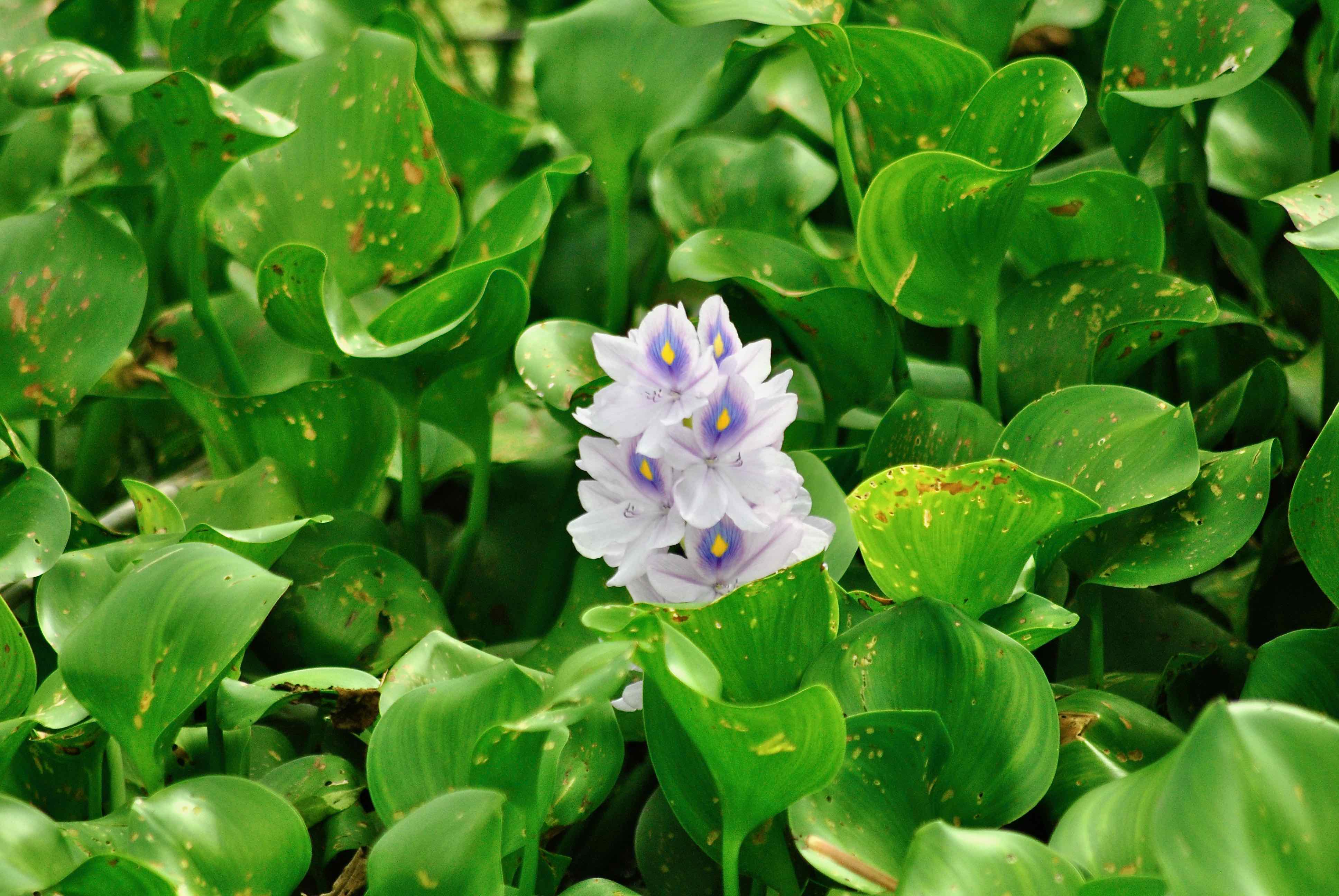
Water Hyacinth
Bulb rot is a common problem among hyacinth water plants, caused by various fungal pathogens. This disease affects the bulbs and leads to their decay, resulting in stunted growth or even death of the entire plant. To identify bulb rot, check the bulbs for soft spots, discoloration, or foul odor. Healthy bulbs should feel firm and have no signs.
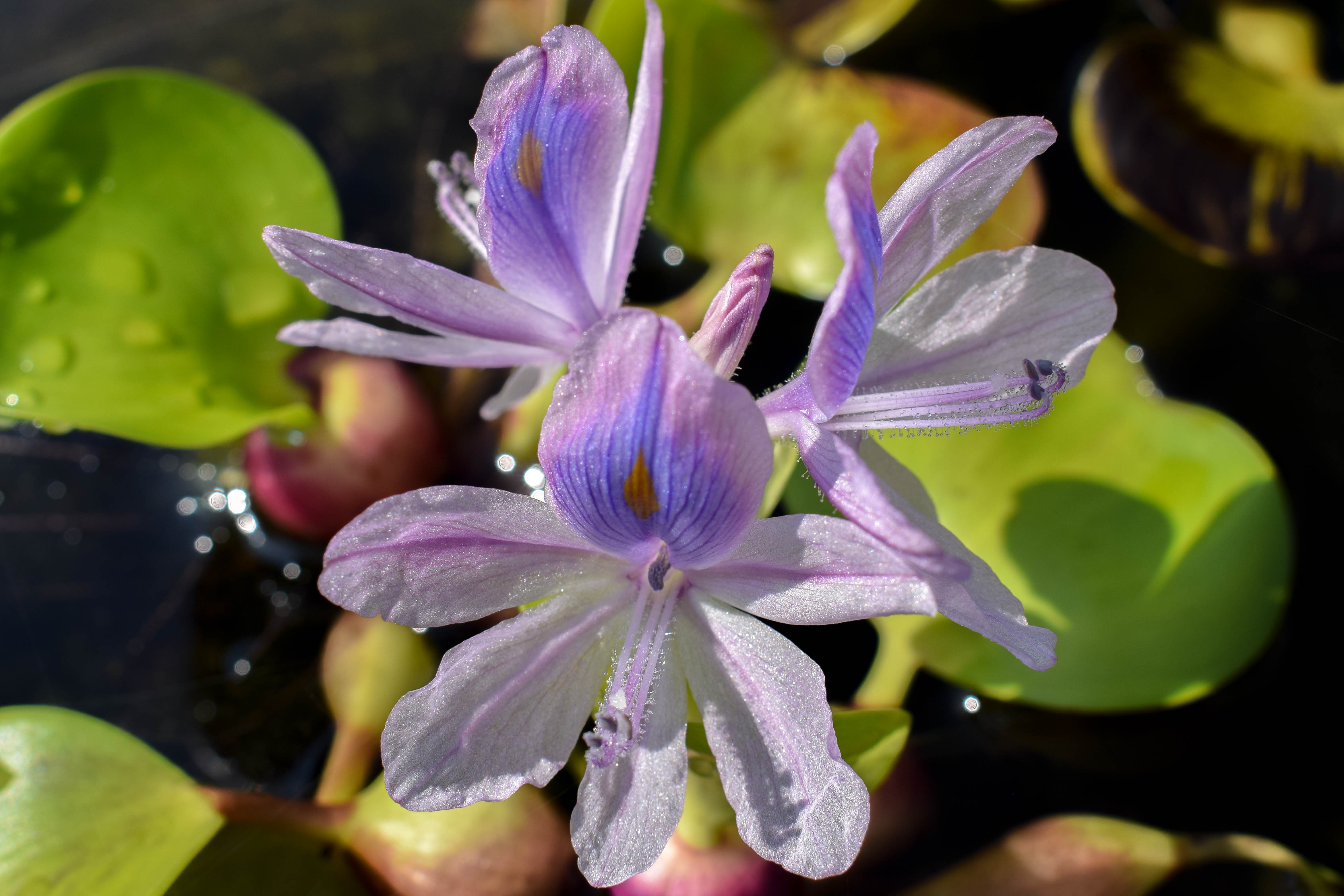
Water Hyacinths (Eichhornia crassipes) Splash Plants
Water hyacinth, any aquatic plant of the genus Eichhornia of the pickerelweed family (Pontederiaceae), consisting of about five species, native primarily to tropical America. Some species float in shallow water; others are rooted in muddy stream banks and lakeshores. All have slender rootstocks,
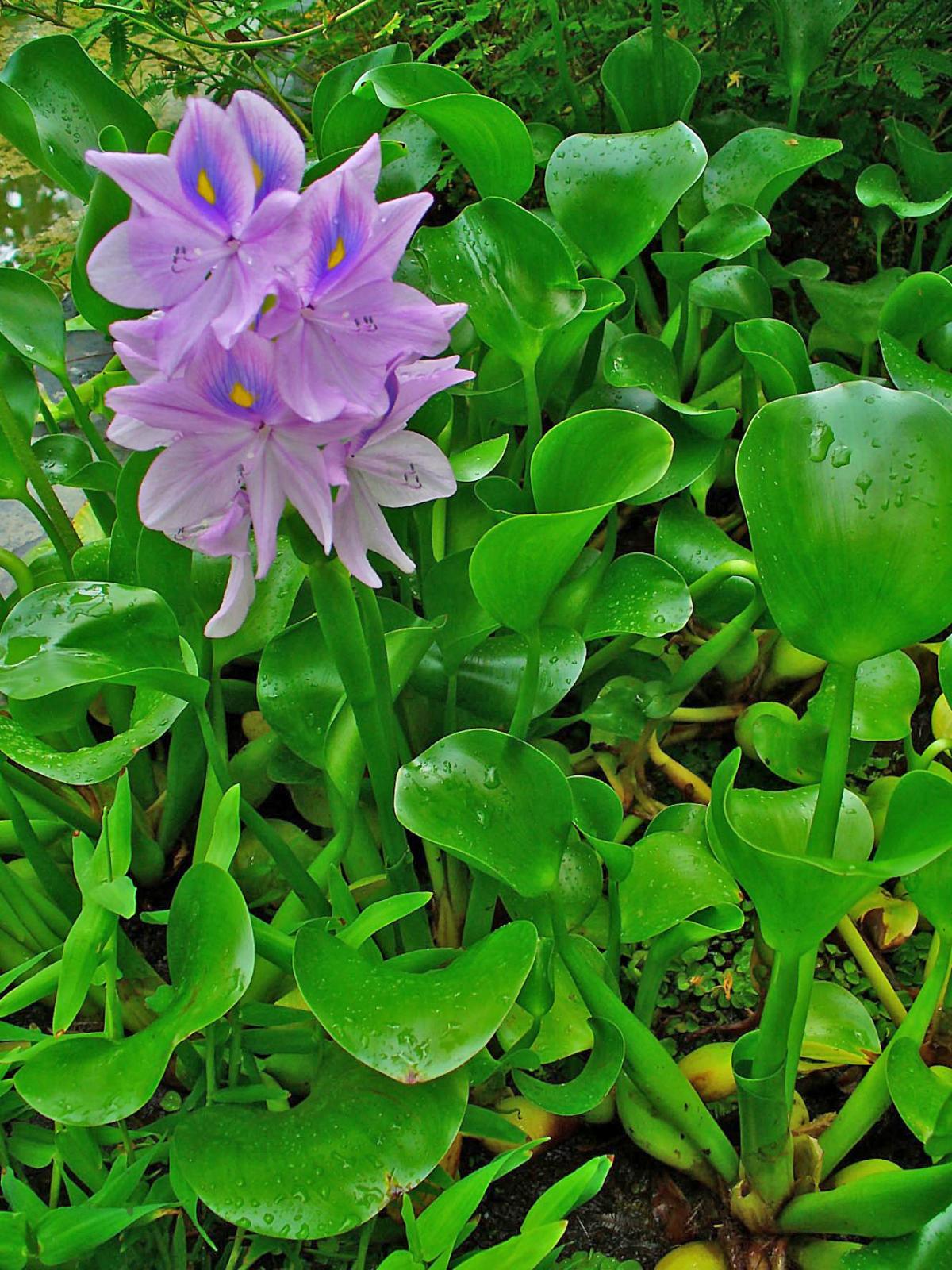
Water hyacinth (Eichhornia crassipes) Feedipedia
The water hyacinth ( Eichhornia crassipes) is a large free-floating plant that inhabits stationary or slow-moving warm waters of tropical and sub-tropical regions worldwide. Water hyacinths have the characteristic thick green leaves of other herbaceous floating plants like frogbit, which can reach 15 cm (6 in) in length.

Water Hyacinth Attractive aquatic flowering plant Details and care tips Gardening Tips
Date of U.S. Introduction 1884 ( Zhang et al. 2010) Means of Introduction Ornamental ( Toft et al. 2003) Impact Forms dense colonies that block sunlight and crowd out native species ( Toft et al. 2003) Water hyacinth, plants at Mara River Credit Photo by Ted D. Center; USDA, Agricultural Research Service Source Invasive.org. Find more images

Beautiful water hyacinth yields longterm damage Mississippi State University Extension Service
2 Cool your hyacinth bulbs before planting them. All hyacinths need a cooling period of 12-14 weeks to develop an adequate root system, otherwise they will not properly grow. If you cannot find pre-chilled hyacinth bulbs, this step is absolutely vital. Store your bulbs in a dark area with temperatures between 35-45º Fahrenheit.

Floating Plants Water Hyacinth in 2020 Floating plants, Water garden plants, Floating pond plants
Plant description Water hyacinth is a large aquatic plant that floats freely in the water, with thick, waxy, oval-shaped leaves around 15cm across growing in a cluster. At the base of the leaves are swollen bulb-like growths on the stalks that contain air-filled pockets keeping the plant afloat.
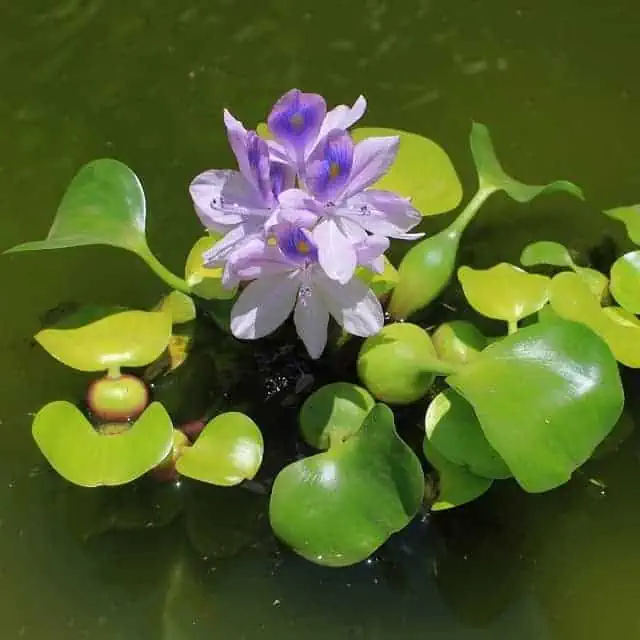
Water Hyacinth Facts, Care & Planting Guide (Eichhornia crassipes) Pond Informer
water. Read our guide and learn how how to grow hyacinth indoors for a fragrant display at Christmas and right through the winter. How To Grow Hyacinth In Water: Preparing The Bulbs For hyacinth to bloom indoors, the bulbs need to be chilled for 8 - 10 weeks in a refrigerator before planting.